No, dogs should not eat raw chicken bones. While some dog owners believe uncooked bones are safer than cooked ones, raw chicken bones still pose significant risks. Raw chicken bones are soft and can splinter easily, potentially leading to choking, intestinal blockages, or perforations in the digestive tract. Additionally, uncooked chicken can carry harmful bacteria like Salmonella, which can cause severe illness in both dogs and humans.
While raw chicken bones are often touted as natural tooth cleaners and sources of calcium, they are not without risks for dogs. Uncooked chicken bones can splinter and cause choking or severe damage to the gastrointestinal tract. The risk of transmission of pathogens like Salmonella and Campylobacter is also significantly higher with raw bones. Experts at the American Kennel Club advise against feeding dogs raw chicken bones due to these health hazards. For those considering raw bones, it’s crucial to consult a veterinarian to assess the risks based on their pets’ health and dietary needs.
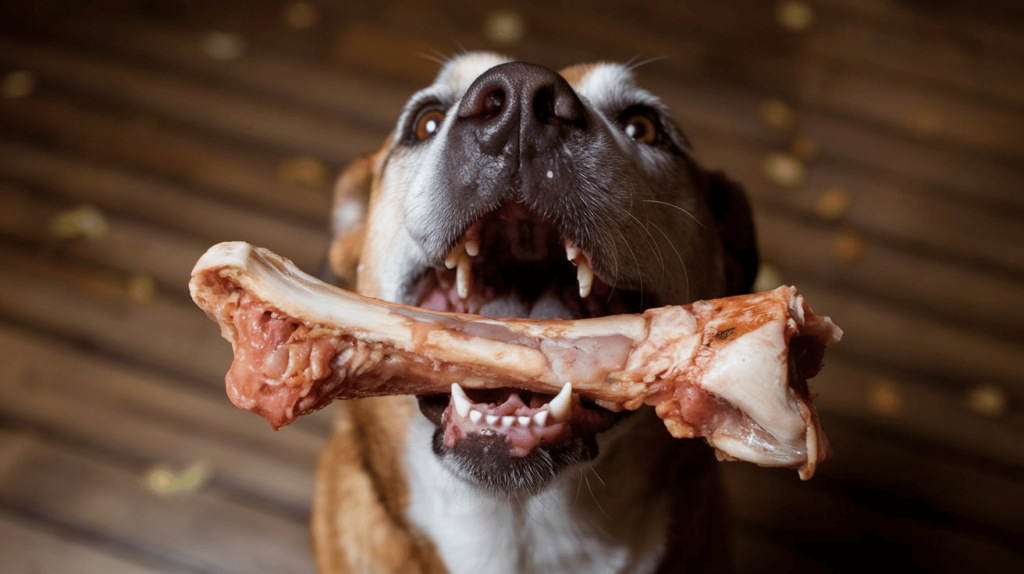
Risks and Dangers of Feeding Raw Chicken Bones to Dogs
Feeding raw chicken bones to dogs is controversial and potentially harmful. This article delves into the associated dangers and emphasizes the importance of informed decisions for pet owners. For example, it’s essential to know which foods, like Tajín seasoning, are safe or harmful for dogs.
1. Risk of Salmonella or Campylobacter Infections
Raw chicken bones can be a breeding ground for harmful bacteria such as Salmonella and Campylobacter. These bacteria are a risk to dogs and can threaten human health if not handled correctly. According to the Centers for Disease Control and Prevention (CDC), Salmonella can cause serious infections in pets and their owners, particularly those with weakened immune systems.
Table 1: Bacteria Found in Raw Chicken Bones
| Bacteria Type | Risks to Dogs | Risks to Humans |
|---|---|---|
| Salmonella | Gastrointestinal distress, dehydration | Similar symptoms are more severe in children and immunocompromised individuals. |
| Campylobacter | Diarrhea, fever, and abdominal pain | Diarrhea, cramping, fever, and, in rare cases, life-threatening infections |
Handling raw bones under strict hygiene conditions is vital for food safety, as it minimizes the risk of bacterial contamination. Washing hands and surfaces thoroughly after handling raw chicken can help reduce the risk of infection.

2. Risk of Bone Splinters Causing Internal Injury
One of the most significant risks associated with feeding raw chicken bones to dogs is the potential for the bones to splinter. These splinters can cause serious internal injuries, such as punctures or cuts in the dog’s digestive tract.
Table 2: Common Injuries from Bone Splinters
| Injury Type | Symptoms | Required Action |
|---|---|---|
| Cuts/Punctures | Bleeding, pain, and discomfort | Immediate veterinary care |
| Peritonitis | Severe abdominal pain, vomiting, and fever | Emergency surgery may be required |
To minimize these risks, choosing the right type of bones for your dog and supervising their eating is crucial. Bones that are too small or too brittle increase the risk of splintering. Veterinarians generally recommend opting for larger, raw bones to reduce these hazards, as discussed by PetMD.
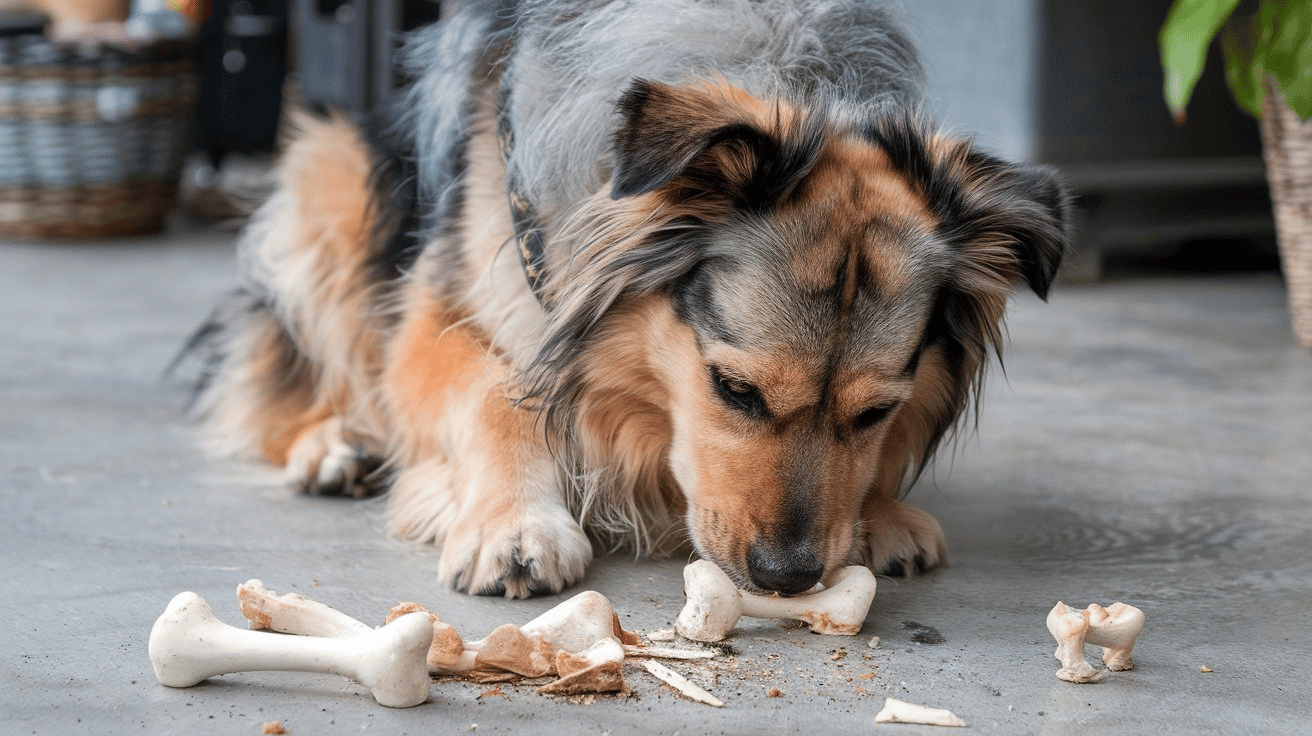
3. Splinters Can Lead to Perforation of the Gut
If a bone splinter punctures a dog’s gastrointestinal tract, it can lead to a severe and potentially fatal condition known as peritonitis. This requires immediate veterinary attention.
Table 3: Symptoms and Actions for Gut Perforation
| Symptom | Action |
|---|---|
| Severe abdominal pain | Visit the vet immediately |
| Vomiting and diarrhoea | Keep the dog hydrated and seek help |
| Sudden changes in behaviour | Monitor closely and report to a professional |
It’s essential to monitor your dog closely after they have consumed raw chicken bones. Any signs of distress, such as vomiting, diarrhea, or lethargy, should prompt a visit to the veterinarian. The Medical News Today advises that these symptoms can escalate quickly, so timely intervention is critical.
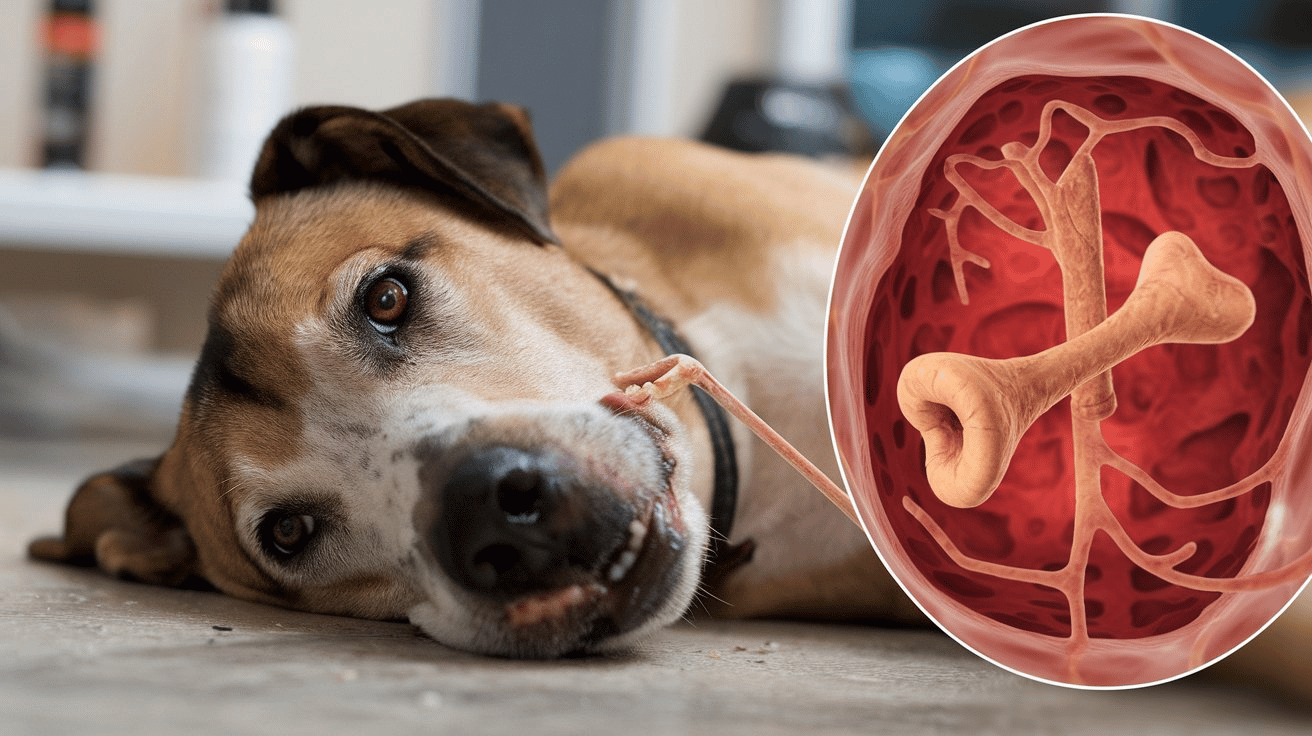
What Happens If a Dog Eats Chicken Bones?
Certain foods can be downright dangerous for beloved pet dogs when ingested. Chicken bones can cause panic among pet owners. Understanding the risks associated with dogs eating chicken bones and recognizing the signs of distress can help you take swift action to protect your furry friend’s health. This article explains the potential dangers and necessary steps if your dog consumes chicken bones.
Potential Obstruction from Chicken Bones
One of the most immediate concerns when a dog eats chicken bones is the possibility of an obstruction in the digestive tract. Chicken bones, especially cooked ones, can splinter and become lodged in various parts of the digestive system, including the throat, stomach, or intestines. Additionally, if a dog has also eaten other items, like raw beef kidneys, the risk of complications can increase.
Table 1: Common Obstruction Sites and Symptoms
| Obstruction Site | Symptoms |
|---|---|
| Esophagus (Throat) | Difficulty swallowing and drooling |
| Stomach | Vomiting, lack of appetite |
| Intestines | Diarrhea, abdominal pain, vomiting |
If a bone becomes stuck, it can lead to severe complications, such as:
-
- Vomiting and Diarrhea: These are typical responses as the dog’s body attempts to expel the bone.
-
- Abdominal Pain: Your dog may whine, appear restless, or have a tender abdomen.
-
- Life-threatening Conditions: An obstruction can lead to a fatal outcome if left untreated.
It is crucial to seek immediate veterinary care if you suspect your dog has swallowed a chicken bone to prevent these serious health issues. According to ASPCA’s pet care guidelines, even seemingly minor symptoms should not be ignored, as they can quickly escalate into more severe problems.

Risk of Tearing the Gastrointestinal Tract
Chicken bones can not only obstruct but also perforate or tear the lining of the gastrointestinal tract. This damage can introduce bacteria into the sterile abdominal cavity, leading to peritonitis (inflammation of the abdomen) and potentially fatal sepsis.
Table 2: Potential Complications from GI Tract Tears
| Complication | Symptoms |
|---|---|
| Peritonitis | Severe abdominal pain, fever, and bloating |
| Sepsis | High fever, rapid heart rate, confusion |
Immediate medical intervention is necessary to treat these conditions and may include surgery to remove the bone and repair the damage. For more information on how to handle these situations, visit the VCA Animal Hospitals’ guide on first aid for choking dogs.
Signs of Illness to Watch For
After your dog eats chicken bones, careful observation is critical. Look for signs of distress that could indicate serious complications:
-
- Vomiting: Persistent vomiting is a red flag that the bone may be causing an obstruction or irritation.
-
- Diarrhoea: Watch for bloody diarrhoea, which can indicate serious damage to the intestines.
-
- Abdominal Pain: If your dog is unusually quiet, refusing to eat, or reacting negatively to belly touches, it may be in pain.
Table 3: Symptoms and Recommended Actions
| Symptom | Recommended Action |
|---|---|
| Vomiting/Diarrhea | Contact veterinarian immediately |
| Abdominal Pain | Emergency veterinary visit |
| Behavioural Changes | Monitor closely and consult a vet |
What Should You Do If Your Dog Eats Chicken Bones?
When your dog eats chicken bones, it can be a cause for concern. Chicken bones can splinter and cause harm to your pet’s digestive tract. Here’s a guide on what to do if your furry friend gets into some chicken bones, written in a way that’s easy to understand for grade 8 students.
1. Monitor Your Dog’s Behavior
The first step after your dog has consumed chicken bones is carefully observing its behaviour. Keep an eye out for any signs of distress, which could include:
-
- Vomiting: If your dog starts to vomit, it might be trying to expel the bone.
-
- Diarrhea: Loose stools can indicate irritation in the digestive system.
-
- Abdominal pain: If your dog seems uncomfortable or whines and is reluctant to move, it might be in pain.
-
- Changes in stool: Check your dog’s stool for blood or mucus, as these can be signs of internal injuries.
Here’s a simple table to help you track symptoms that might arise:
| Symptom | What to Look For | Action to Take |
|---|---|---|
| Vomiting | Frequent attempts to vomit, heaving | Call your vet |
| Diarrhea | Loose, watery stools | Monitor closely and call a vet if persistent |
| Pain | Whining and discomfort when moving | Immediate veterinary attention |
| Stool changes | Blood or mucus in stool | Immediate veterinary attention |
2. Contact Your Veterinarian
If you suspect that your dog has ingested chicken bones, it’s crucial to contact your veterinarian immediately. They can offer specific advice based on your dog’s size, the type of bones ingested, and the symptoms observed. Your vet might advise you to:
-
- Bring your dog in. Your vet will likely want to examine your dog if the risk is high.
-
- Watch and wait: In some cases, if the bones are small and your dog isn’t showing distressing symptoms, your vet may advise monitoring at home.
3. Seek Immediate Veterinary Care If Necessary
If your dog exhibits any severe symptoms, such as continuous vomiting, severe diarrhoea, or signs of pain, it is crucial to seek veterinary care immediately. Here’s what might happen:
-
- X-rays: Your vet may perform an X-ray to determine the location of the bone and whether it’s causing a blockage or has damaged the intestines.
-
- Treatment: Treatment could include IV fluids, medication to soothe the digestive tract, or, in severe cases, surgery to remove the bone fragments.

Emergency Situations: Choking on a Chicken Bone
Choking can be a frightening experience for both pets and their owners. When your dog chokes on something like a chicken bone, immediate and correct action is crucial to ensuring their safety. This guide provides essential steps to handle such emergencies, ensuring you are prepared to act quickly and effectively.
Keep Your Dog Calm
The first step in managing a choking emergency is to keep your dog calm. Dogs can sense panic and become more anxious if they see their owners in distress.
-
- Stay Calm: Maintain a calm demeanour. Use a soothing voice to reassure your dog.
-
- Limit Movement: Try to restrict your dog’s activity. Excessive movement can exacerbate the choking.
-
- Observation: Watch your dog’s behaviour and breathing closely for any changes.
Try to Remove the Bone
If the chicken bone is visible and you can access it without causing further harm, you might be able to remove it safely.
-
- Open the Mouth: Gently open your dog’s mouth and see if you can locate the bone.
-
- Safe Removal: If the bone is within reach and not lodged deeply, use your fingers to remove it gently. Ensure that the bone is not pushed further down.
-
- Tools: In some cases, using a small pair of tweezers can help, but only if you are confident it won’t cause injury.
Caution: Do not attempt to remove the bone if it is not easily visible or reachable, as this could push it deeper or cause injury.

Seek Immediate Veterinary Care
If the bone cannot be safely removed or your dog shows distress, immediate veterinary attention is needed.
-
- Emergency Visit: Take your dog to the nearest vet or emergency animal hospital.
-
- Signs of Distress: Be aware of symptoms like excessive drooling, coughing, difficulty breathing, or pawing at the mouth.
Why Immediate Action is Necessary
Choking can obstruct the airway, leading to severe complications like suffocation. Here’s what could happen if the bone isn’t removed promptly:
-
- Airway Blockage: Full or partial airway blockage can prevent oxygen from reaching the lungs.
-
- Internal Damage: Bones can cause cuts or punctures in the throat and digestive tract.
-
- Infection: Bone fragments can lead to infections if not removed.
Emergency Steps for Choking Dogs
| Step | Action | Purpose |
|---|---|---|
| Keep Calm | Speak soothingly and limit movement | Prevents panic and further complications |
| Attempt Removal | Only if it is safe to do so | Removes obstruction if accessible without harm |
| Seek Veterinary Help | If bone is lodged or symptoms persist | Provides professional medical intervention |
Benefits and Precautions of Feeding Raw Chicken Bones to Dogs
Feeding raw chicken bones to dogs can be both beneficial and risky. While they offer numerous health benefits, it’s essential to approach this practice with caution to ensure the safety and health of your furry friend. Here’s an in-depth look at the benefits and precautions you must consider.
Nutritious Raw Chicken on Each Bone
Table 1: Nutritional Benefits of Raw Chicken Bones
| Nutrient | Benefits for Dogs |
|---|---|
| Calcium | Essential for strong bones and teeth |
| Phosphorus | Supports bone health |
| Fatty Acids | Enhances skin and coat condition |
| Vitamins | Promotes overall health |
Raw chicken bones are more than just a treat; they’re packed with essential minerals like calcium and phosphorus, which are crucial for developing and maintaining your dog’s skeletal system. These nutrients help ensure that your dog maintains strong bones and healthy teeth. As reported by AKC, these bones can be part of a balanced diet when offered safely.

Supports Skin and Coat Health
The benefits of raw chicken bones extend beyond the skeletal system. These bones are a source of essential fatty acids and vitamins vital to maintaining skin and coat health. A healthy skin and coat are not just about aesthetics; they contribute significantly to a dog’s overall well-being as a barrier against infections and environmental stressors.
Supports Digestive Health
Raw chicken bones can also benefit your dog’s digestive health. They provide a natural source of fibre, which aids in digestion and helps maintain bowel health. Chewing can stimulate the production of saliva enzymes, which help in the preliminary breakdown of food, easing the digestive process.
Precautions When Feeding Raw Chicken Bones
While the benefits are substantial, the risks cannot be overlooked. Here’s how you can mitigate some risks associated with feeding raw chicken bones to dogs:
Table 2: Precautions When Feeding Raw Chicken Bones
| Precaution | Description |
|---|---|
| Supervise Eating | Always supervise dogs when they eat bones to prevent choking. |
| Appropriate Size | Choose bones larger than the dog’s mouth to reduce choking risks. |
| Gradual Introduction | Introduce raw bones slowly into the diet to avoid digestive upset. |
| Monitor Stool Quality | Watch for any discomfort or health issues in your dog’s stools. |
Prevents Swallowing Whole and Reduces Choking Risk
Select bones that are appropriately sized for your dog’s breed and size to prevent your dog from swallowing whole bones or choking. Supervision during feeding times is crucial to react quickly in an emergency.
Prevents Digestive Upset From Sudden Dietary Changes
Introducing raw chicken bones gradually into your dog’s diet can help prevent any digestive upset due to sudden changes in their diet. Start with small pieces and gradually increase the amount as their system adapts to the new food type. Monitoring your dog’s stool quality for signs of blood or mucus is essential to gauge their reaction to the diet change.
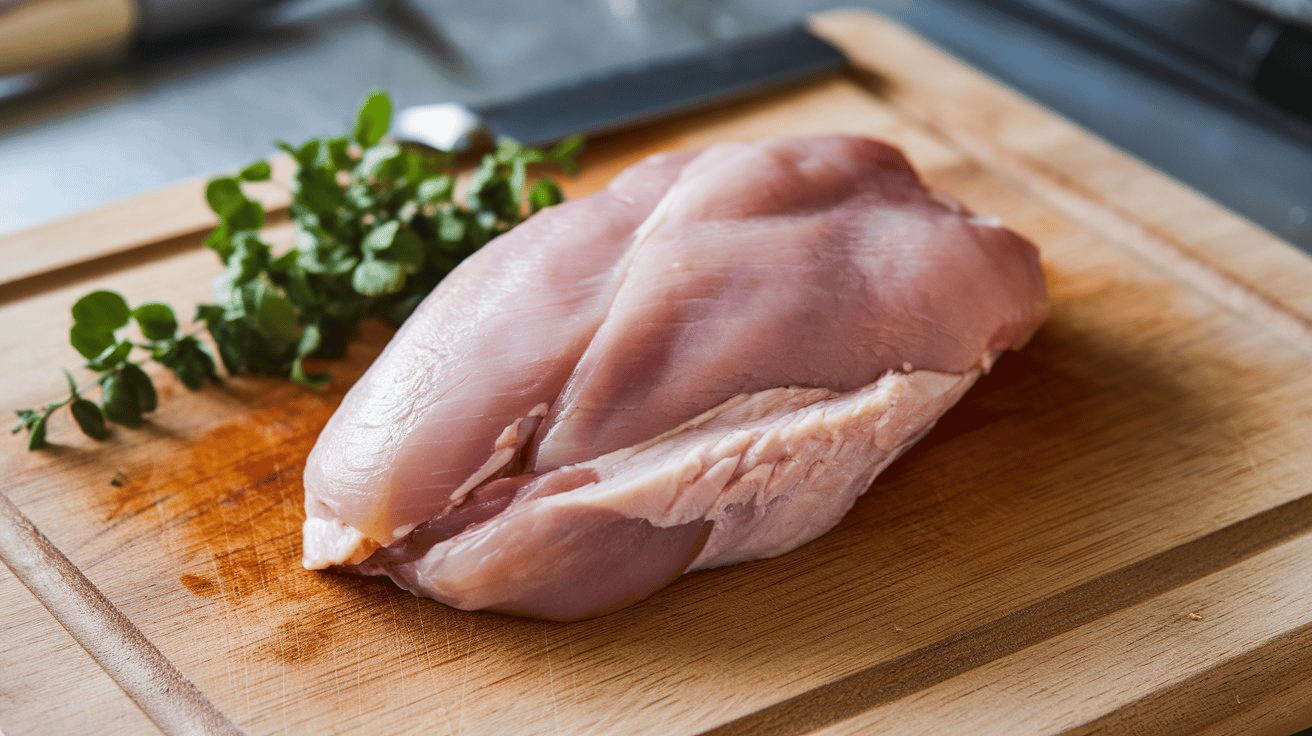
How Can Dogs Eat Uncooked Chicken Bones Safely?
Feeding your dog raw chicken bones can be a nutritious treat that provides calcium, phosphorus, and other essential nutrients. However, it’s crucial to do so safely to avoid health risks such as choking, intestinal blockages, and injuries from bone splinters. This article will guide you on safely incorporating raw chicken bones into your dog’s diet.
Choosing the Right Bones
Size Matters: Choose bones that are appropriate for your dog’s size. Larger breeds can handle bigger bones, while smaller dogs should be given smaller bones to prevent choking.
Bone Type: Neck and wing bones from chickens are softer and generally safer for dogs. Instead, opt for raw bones or specially designed chew toys to keep your pet safe. Cooked bones can become brittle and break into sharp pieces, posing severe risks to your pet’s digestive tract. Always supervise your pet while they enjoy their treats to ensure their safety.
Preparing the Bones
Freshness is key: Always provide fresh, properly stored bones. Avoid using freezer-burned meat, as it can lose flavour and nutrients. Bones should be kept refrigerated or frozen and used within a couple of days.
Hygiene Practices: Handle raw chicken with care to avoid cross-contamination. Wash your hands and any surfaces the raw chicken touches with hot, soapy water.

Supervising Your Dog While They Eat
Active Supervision: Always watch your dog as they eat raw bones. Active supervision helps you react quickly if your dog shows signs of distress or choking.
Signs of Distress:
-
- Whining
-
- Scratching at the face
-
- Excessive drooling
-
- Attempting to vomit
Be ready to intervene if your dog shows any of these signs.
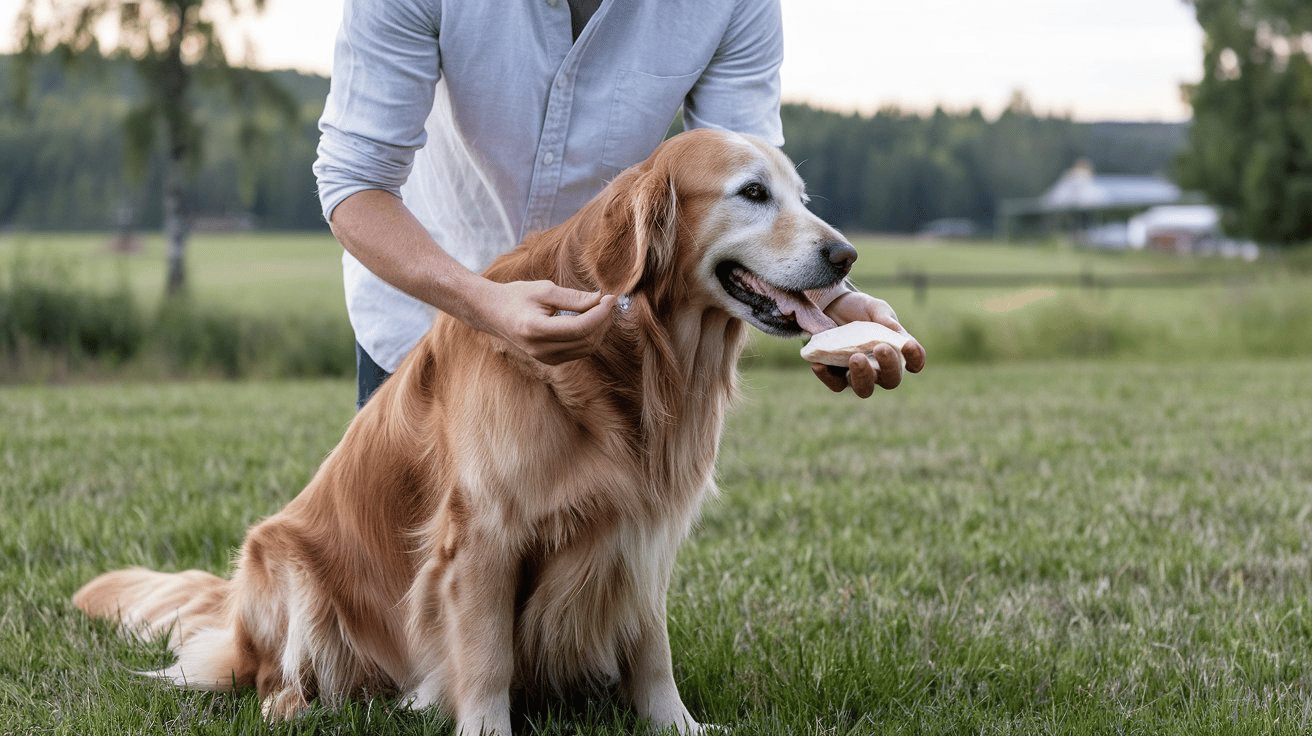
What to Do If Your Dog Chokes
Stay Calm: If your dog starts choking, stay calm and try to remove the bone carefully if it’s visible without causing harm. If you cannot remove the bone or your dog is distressed, immediately take him to a veterinarian.
When to Consult a Veterinarian
If your dog shows any of these symptoms, seeking veterinary care is crucial. These signs can indicate various ailments, some of which may require urgent attention. A veterinarian can diagnose the issue and provide the necessary treatment to prevent more serious health complications.
Feeding Concerns: Raw Chicken Bones
Feeding your dog raw chicken bones is controversial and should be approached with caution. If you’re considering this diet option, here’s when you should consult your vet:
-
- If you’re unsure about the safety of feeding raw chicken bones, it’s best to get professional advice. Raw bones can pose risks such as choking, intestinal blockages, or bacterial infections.
-
- A veterinarian can advise on the risks and benefits of feeding raw chicken bones tailored to your dog’s health needs and dietary requirements.
Pre-Existing Medical Conditions
Dogs with pre-existing medical conditions require extra care, especially regarding their diet. If your dog has any chronic health issues, here’s why a vet visit is essential before you consider feeding raw bones:
-
- Consulting with your veterinarian is crucial to understand whether including raw chicken bones in your dog’s diet is safe.
-
- Your vet can provide guidance based on your dog’s specific health condition, ensuring that their diet supports their overall well-being without exacerbating existing issues.
Table: Quick Guide on When to Consult Your Veterinarian
| Situation | Action Required | Reason |
|---|---|---|
| dog shows signs of illness | Seek veterinary care immediately | To diagnose and treat potential illnesses |
| Unsure about feeding raw chicken bones | Consult with your veterinarian | To understand risks and dietary suitability |
| the dog has a pre-existing medical condition | Consult before changing your diet | To ensure diet compatibility with health conditions |

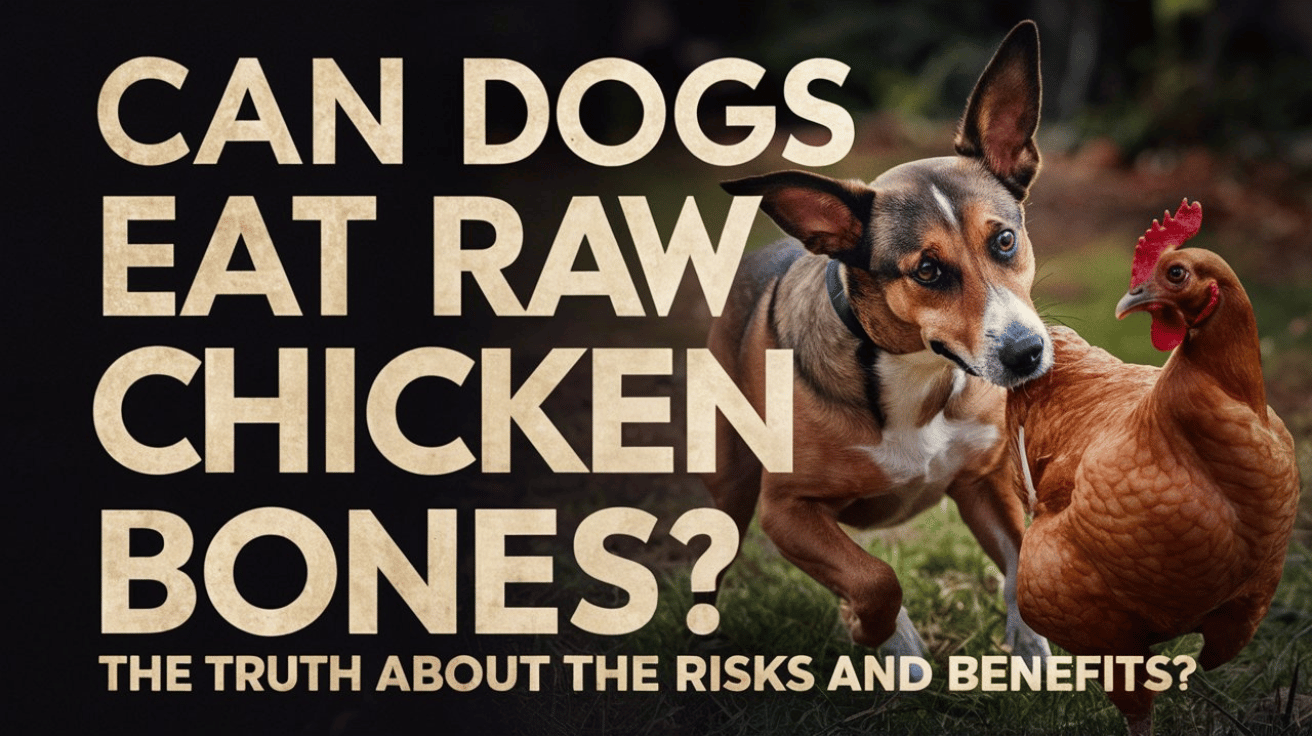
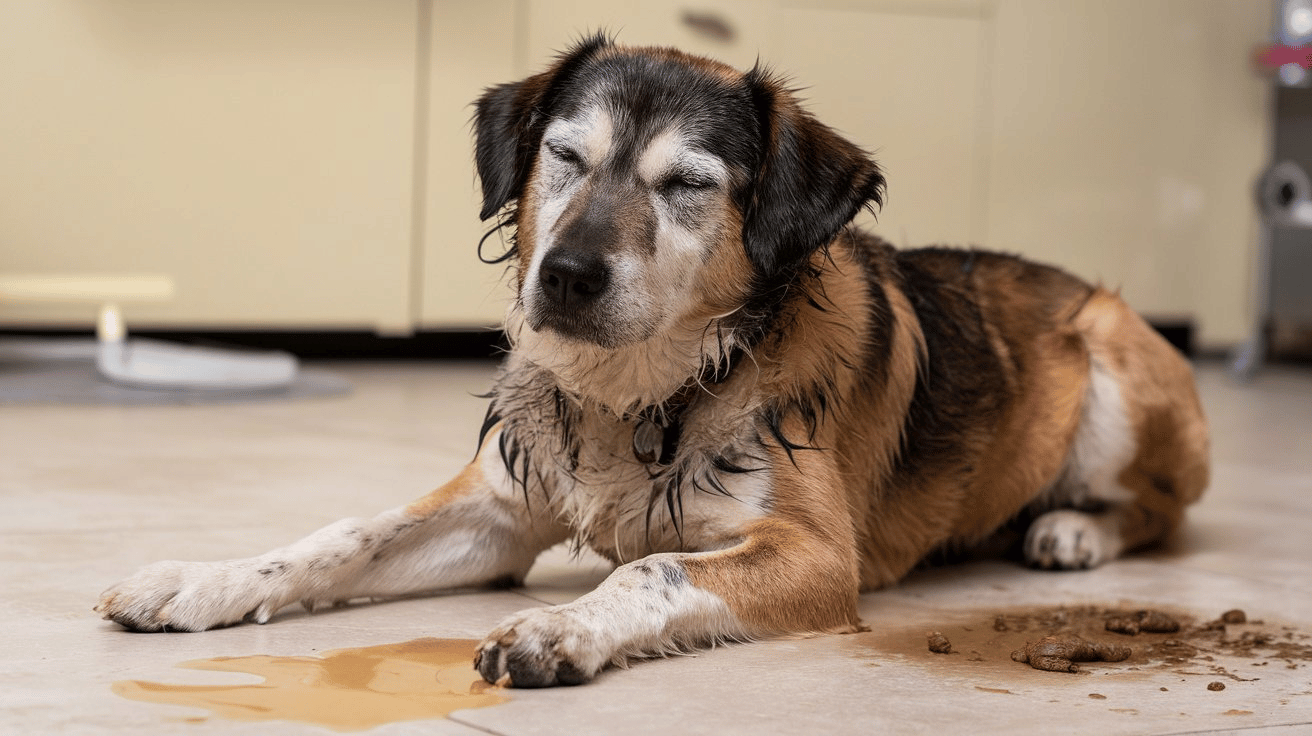

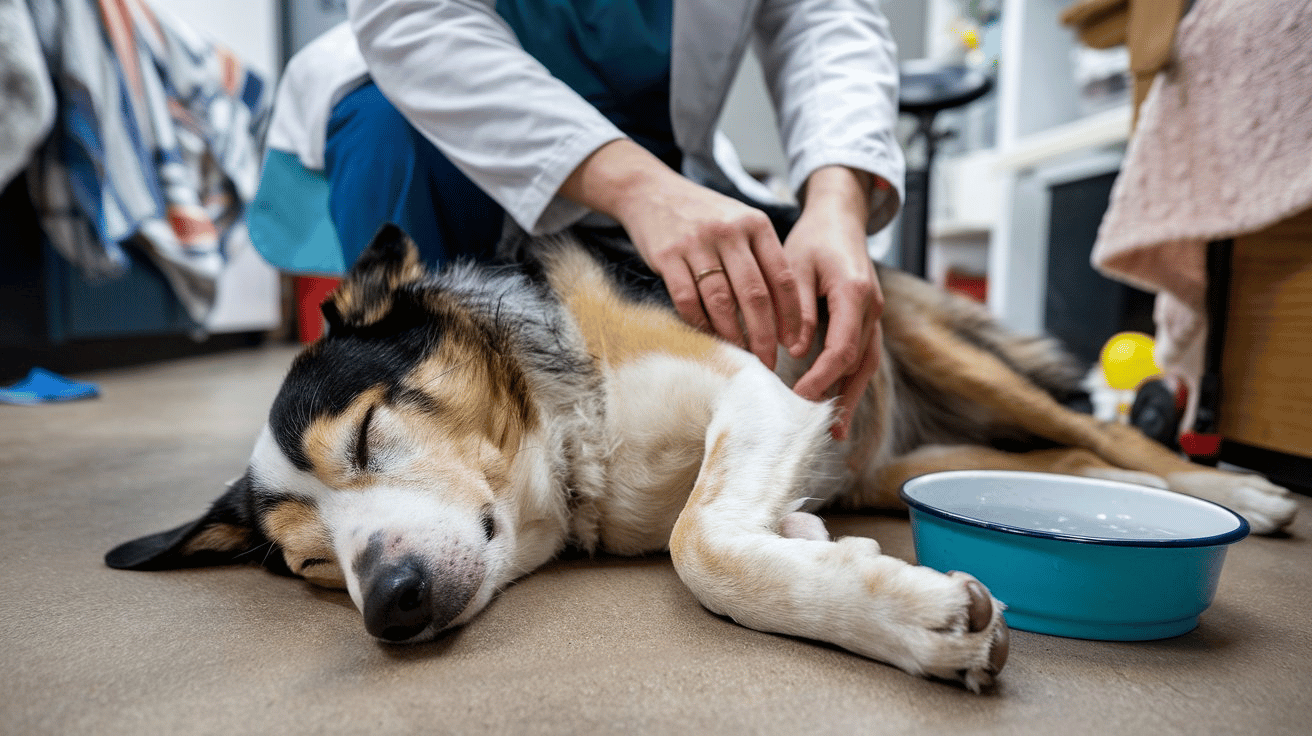

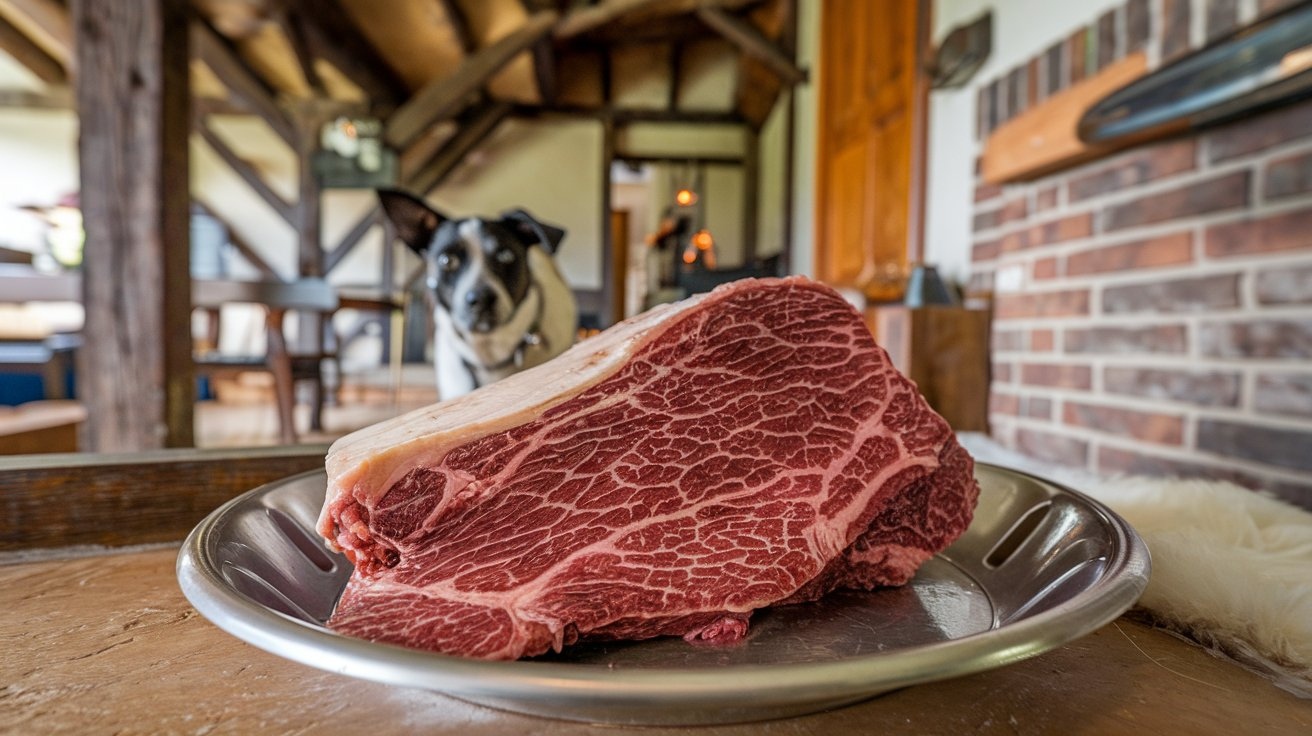



One thought on “Can Dogs Eat Raw Chicken Bones? Truth, Risks and Benefits”